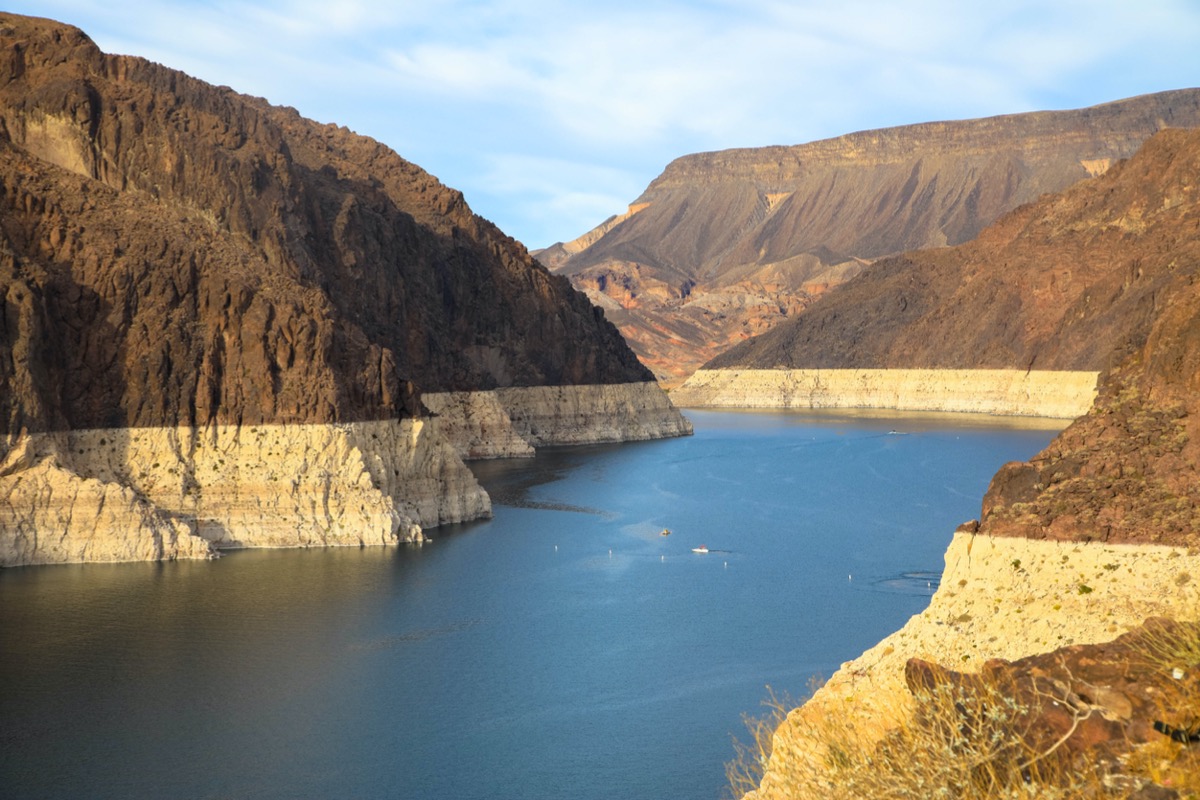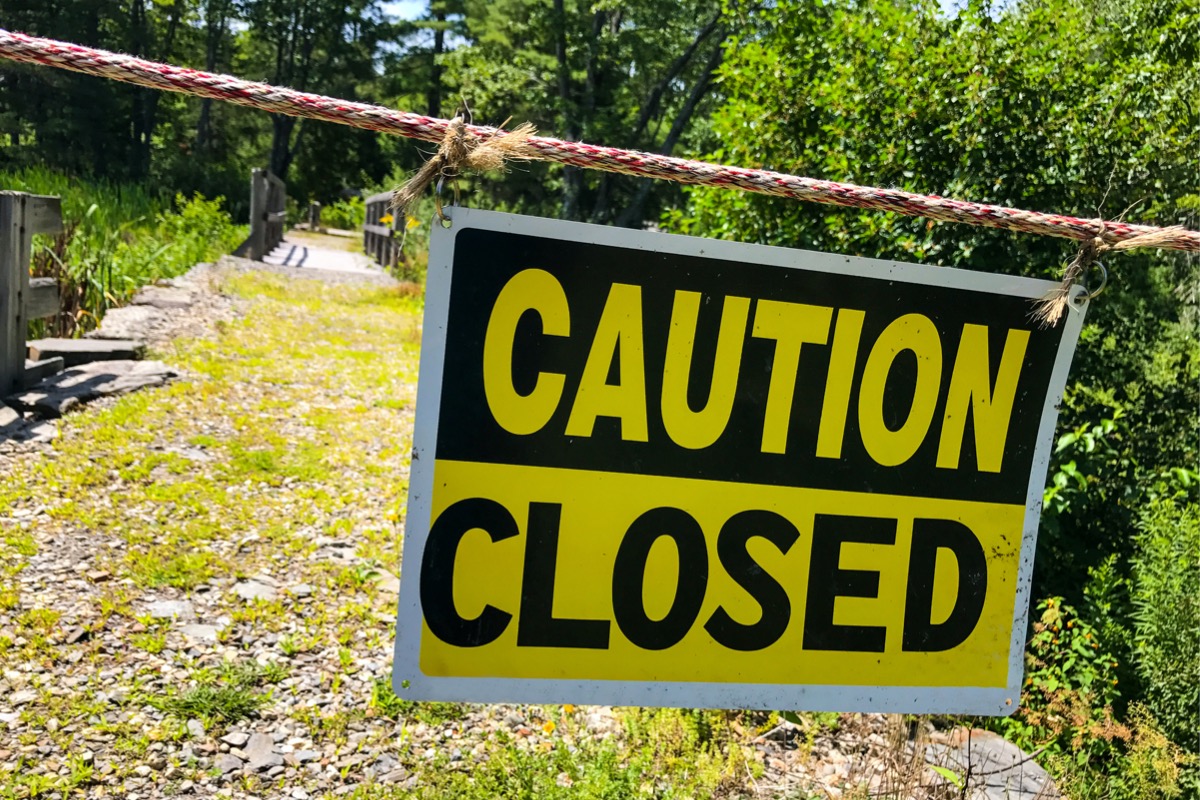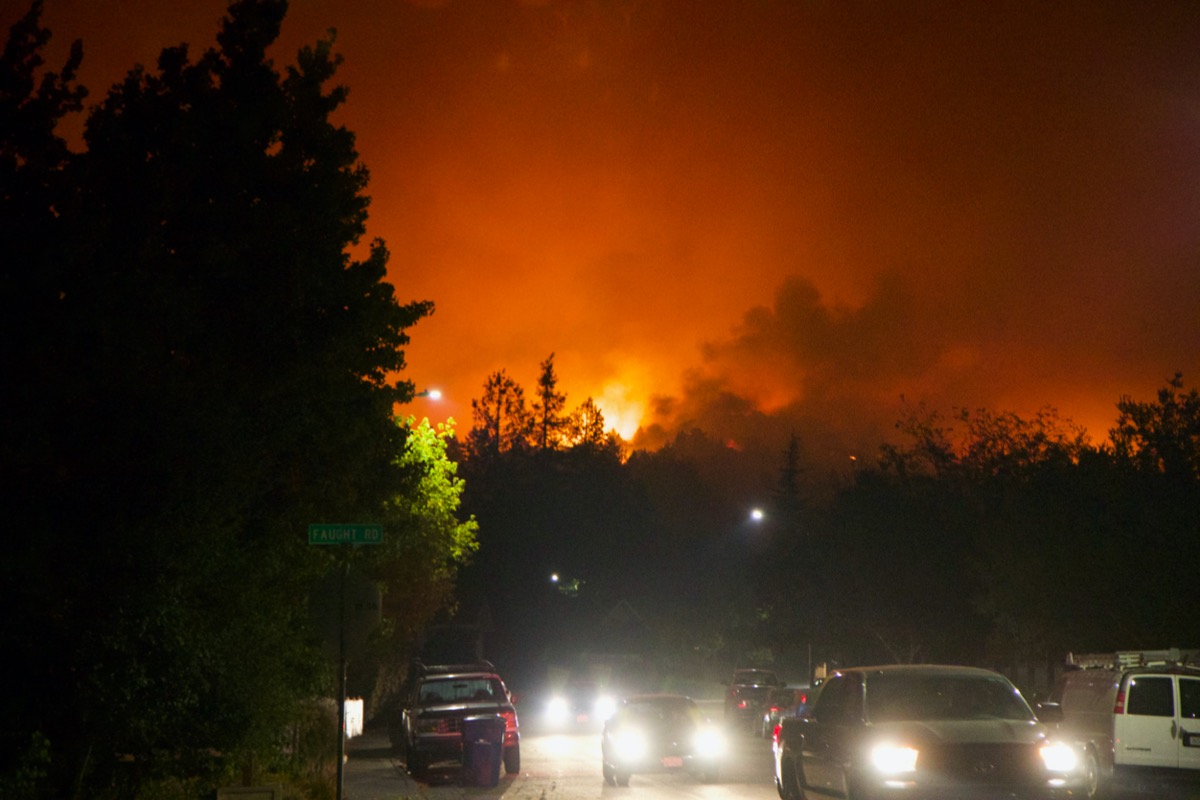

We may earn revenue from the products available on this page and participate in affiliate programs. Learn More ›
You may recall learning about the 1930s Dust Bowl in history class. Droughts come and go, but the extreme drought currently affecting the southwestern United States is the longest continuous streak of dry years since 800 A.D and is predicted to last until at least 2030, as indicated in a study published in Nature Climate Change.
According to the U.S. Drought Monitor, most of this region is suffering from low levels of precipitation and high temperatures, leading to “moderate” to “severe drought” conditions and “extreme” to “exceptional” drought in places like southern Nevada and eastern New Mexico. This is resulting in dry topsoil, shrinking snowpacks, and depleted water resources. The Colorado River was just named the most endangered river in the U.S. by American Rivers, while Lake Powell and Lake Mead, the nation’s largest reservoirs, are at record lows.
Although you may not live in the Southwest, this extreme drought is worth paying attention to for a number of reasons that could upset your daily life.
RELATED: Growing Seasons are Getting Longer—What That Means for Your Home Landscape
Rising Food Prices
No one enjoys sticker shock, but we might have to get used to it if the extreme drought continues, as it is already causing higher food prices across the country with potentially more to come. According to the United States Department of Agriculture’s Economic Research Service, food prices are predicted to increase between 5.0 and 6.0 percent.
A drought affects agriculture in several ways: It decreases crop and livestock production; reduces water quality and availability needed by farms, ranches, and grazing lands; causes insect outbreaks; and triggers wildfires. These changes can be felt throughout the local, regional, and national economies and ultimately raise food prices for you no matter which state you live in. More than 10 percent of alfalfa hay acreage, for example, is experiencing extreme drought conditions. Hay is necessary for livestock feed, so this could lead to increases in meat and dairy prices.
Given the potential rise in food prices, you may want to consider expanding your home garden to include more fruits and vegetables to avoid expensive trips to the grocery store.
RELATED: 10 Ways Your Backyard Garden Can Combat Climate Change

Canceled Travel Plans
If you are hoping to take that much-needed vacation this summer, your plans could be curtailed by the extreme drought in the Southwest. If the conditions continue as predicted, you may have to swap those reservations in that region of the country for another location. There are a number of national forests, parks, and other public lands that may close down if conditions get worse over the summer months, which is a busy travel time. The Colorado River, for example, flows through nine national parks that offer outdoor recreation and tourism to visitors. This will not only alter the local economies of those towns, but it could also affect your own travel plans.

More Widespread Problems to Come
Experts point out that the extreme drought in the Southwest is being exacerbated by climate change. In April, the level of CO2 was 27 percent higher than it was 50 years ago, according to the National Oceanic and Atmospheric Administration. This impacts precipitation, temperature, intensity and frequency of storms, wildfires, and other weather patterns. Some scientists even warn that climate change is causing permanent aridification of this part of the country, which will continue to make it drier.
What does this mean? We have already seen thousands of residents uprooted as a result of fires. With the Southwest being the fastest-growing region in the U.S. and 40 million people relying on the Colorado River, this could be a dire situation in which large numbers of people need to be evacuated and then relocated to other states. That means your town could face population growth and increased traffic as people migrate to less arid regions.
Communities are also taking drastic measures to conserve water. One town in Arizona could lose its water supply if water levels in Lake Powell continue to drop too low. This critical resource supplies water to millions of people and generates power for over 5.8 million homes and businesses in seven states. There could be a real ripple effect felt across the nation if these issues continue for months or even years to come.

Changes to Your Home Landscape
All this talk of droughts and more extensive impacts may have you wondering what you can do to prepare if a drought reaches your area. Water conservation, of course, is key. You can implement some drought-tolerant landscaping tactics like xeriscaping, native landscaping, rainwater harvesting, and rain gardens to achieve a landscape with low-water needs and minimal maintenance. While rainwater collection is legal in every state, some have restrictions on collecting rainfall and others offer incentives. If you have questions, refer to this state-by-state guide to understand the rules of rainwater harvesting. Additionally, there are a wide variety of drought-tolerant plants that thrive in dry conditions. Check out some of our favorite options for gardens that do not get much rain. Finally, climate change can transform growing seasons, which could affect your home landscape. A different growing season might cause more insect pests to get into your garden and even alter the types of native plants that thrive in your location.
